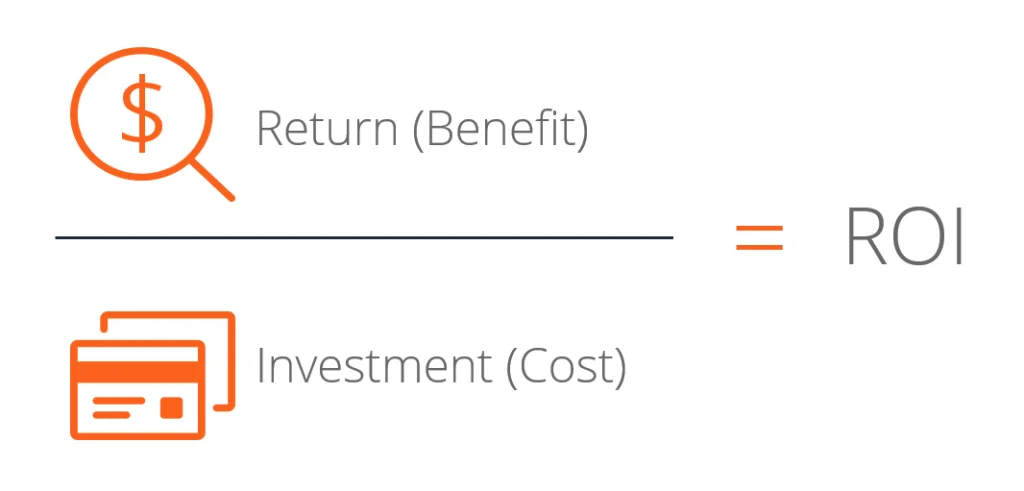
In your daily lives, you must have come across terms like “stock market” and “share market.” What then is the stock market? If you are merely an average investor, you can get by without giving this term much thought. However, having some fundamental knowledge is crucial if you plan to stick with it and want to learn how to trade shares. A stock exchange is a fundamental marketplace where buyers and sellers can transact in publicly traded shares during market hours. There are two main stock exchanges in India. The Bombay Stock Exchange (BSE) and the National Stock Exchange (NSE) are the two. So let’s start by learning the fundamentals of the stock market.
Why invest in share market?
Warren Buffet once said, “Investing is laying out more money now, to get more money back in the future.” Although some believe that “investing in shares” is a risky proposition, studies have shown that choosing the right shares and holding them for a long time may be the key to beating inflation. Additionally, it might even be a more advantageous investment choice than buying gold or real estate. Having said that, investing in the appropriate shares can assist traders in turning a profit.
How to Invest in Share Market?
- You must open a Demat and trading account in order to invest in the stock market. That is required.
- After that, select the shares you want to buy and sell by logging into your trading and Demat accounts. Make certain you have enough money in your account to purchase those shares. You must provide the required supporting documentation. Your account will be opened once the verification process is complete.
- The price range at which you want to buy and sell shares is up to you to decide. then watch for the buyer or seller to carry out that demand.
- You either receive shares or money for the stocks you purchased or sold once the transaction is complete.
Types of share market
The Share market can be classified into two types, namely the Primary and Secondary Markets.
| PRIMARY MARKET | SECONDARY MARKET |
| A company must first trade on the Primary market before it can be listed on the stock market. If a company is selling shares for the first time, it is known as an Initial Public Offering (IPO), and the goal of entering the primary market is to raise money. | The shares are traded on the secondary market after being sold on the primary market. The stock exchange is where secondary market transactions, or trades, take place. In this case, the investors trade shares among themselves at a predetermined price. Typically, a broker serves as an intermediary to make these transactions possible. |
What Is Traded On The Share Market?
There are four types of financial instruments that are traded on the stock exchange. They are as follows : –
- Shares – It stands for a portion of equity ownership in a business. Shareholders are people who own stock in a company.
- Bonds – A company issues bonds to the public as a means of raising capital. Bonds are the issuer’s collateral for loans. Instead of going to a bank, the business gets its funding from the bond buyers. It provides a fixed rate of return to its investors.
- Mutual Funds –Companies called mutual funds pool money from many investors and invest it in a variety of securities, including stocks, bonds, and short-term debt.
- Derivatives – Financial instruments known as derivatives derive their value from an underlying asset such as stocks, currencies, commodities, etc. Common examples of derivative instruments include futures and options.
How are Shares Priced in the Market and Who Determines the Price?
The price of a company’s shares is influenced by supply and demand in the market after its shares begin to trade openly on a stock exchange. If there are favorable factors, there will be a high demand for its shares, which will increase the share price.
Share Market Basics – Important Terms
Now that you have an idea of what the share market is, let’s take a look at some of the common, yet important terms that are used by traders and investors.
- Demat Account: A demat account is a digital account used to store electronic holdings of securities like shares, bonds, and mutual fund units.
- Stock Broker: The stock exchange and a trader or investor are connected through a stock broker. For the trader or investor, the broker places buy and sell orders on the stock exchange.
- Trading Account: An electronic account offered by a stock broker is a trading account. The account can be used by buyers and sellers of shares and other securities on the stock exchange.
- Portfolio: A portfolio is a grouping of investments made by an investor. It may be made up of various varieties of the same asset class or entirely different asset classes.
- Index:A stock index is a grouping of stocks that are traded on stock exchanges. It can be used to gauge the performance of the stock market overall or just one particular sector.
- Sensex:The Bombay Stock Exchange (BSE) created the broad market index known as Sensex. It consists of the top 30 BSE-listed companies in terms of market capitalization. Many important economic sectors and industries are represented among the index’s component parts.
- Nifty: The National Stock Exchange created the broad market index known as Nifty. The top 50 NSE-listed companies in terms of market capitalization make up this group. Similar to the Sensex, the Nifty index consists of stocks from important economic sectors and industries.
- Bullish Market: A market is considered to be bullish if stock prices have been increasing for some time.
- Bearish Market: A market is referred to as a bearish market if stock prices have been declining for a while.
- Opening Price: The price at which an asset is traded for the first time during a trading session is known as the opening price.
- Closing Price: The price at which an asset’s final trade in a trading session is completed is known as the closing price.
- Bid Price: The bid represents the highest price that the asset’s buyer is prepared to offer. Through the trading portal of the stockbroker, you can view the specifics of the list of bids for any asset.
- Ask Price:The ask is the lowest price at which an asset’s seller is prepared to dispense with it. The trading portal for the stockbroker allows users to view the specifics of the list of asks for any asset.
- Dividend: Companies occasionally give their shareholders a portion of their profits. A dividend is the name given to this profit distribution. Cash or additional shares may be distributed as dividends.
- Derivatives: Financial instruments known as derivatives are special in that they derive their value from the value of an underlying asset. Derivatives can be freely traded on exchanges, just like shares. Futures and options are the two main derivatives that can be traded.
FOR MORE INFO CLICK THIS SITE:https://learningsharks.in/
FOLLOW OUR PAGE:https://www.instagram.com/learningsharks/?hl=en













